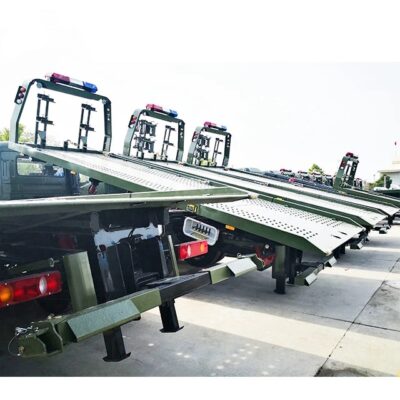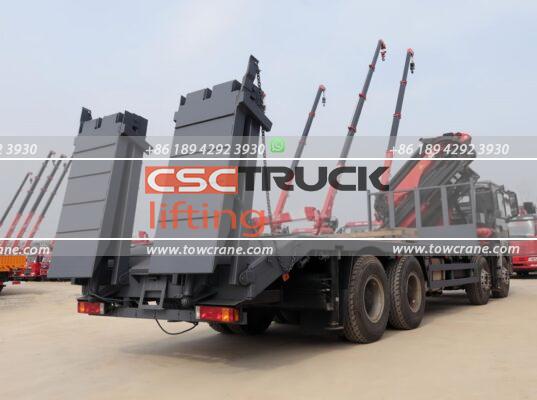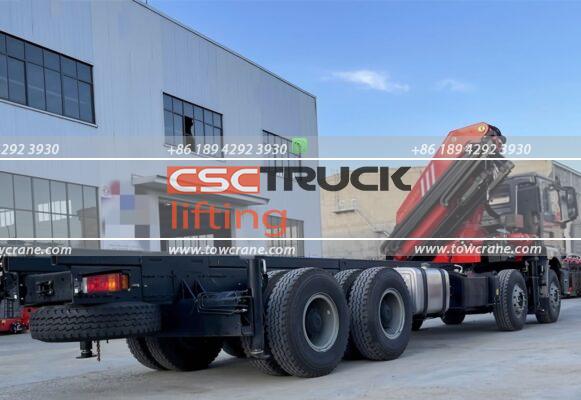Brake pads are essential for the safety of any vehicle, especially for wreckerμικρό, which play a crucial role in clearing accident and breakdown vehicles and serving as rescue vehicles. If the brake pads of a wrecker fail, it can lead to severe traffic congestion, delayed clearance operations, and even traffic accidents. Therefore, it’s vital to know how to determine when to replace brake pads to ensure the vehicle’s optimal performance and safety. Here are some tips to help you identify when brake pads need replacing:
1. Observe the Brake Pad Thickness
Visual Inspection: Με την πάροδο του χρόνου, brake pads wear down due to continuous friction. Generally, brake pads last about five years, but harsh driving conditions and habits can shorten their lifespan. If the brake pads are not easily visible, you can ask professionals to check them during maintenance. The ends of the brake pads have a raised marker, approximately 2.5 mm thick, indicating the replacement limit. If your brake pads are approaching this limit, they should be replaced immediately.
Frequent Checks: Make it a habit to regularly inspect the brake pads’ thickness. If the pads seem thin, it’s a clear sign that they need replacing soon.
2. Listen for Sounds
Screeching Sound: When you lightly press the brake pedal and hear a sharp, screeching sound, it means the brake pad thickness has reached its limit. This noise occurs because the markers on the pads are designed to create this sound as a warning that the pads are worn out. Replace the brake pads immediately to avoid further damage.
Grinding Noise: A grinding sound indicates that the brake pads are completely worn down, and the metal backing plate is rubbing against the rotor. This situation requires immediate attention as it can cause significant damage to the braking system.
3. Check the Grooves
Wear Indicators: Most brake pads have small grooves that act as wear indicators. When these grooves are no longer visible, it indicates that the pads have worn down to the limit and need immediate replacement.
Regular Inspection: Include groove inspection in your regular vehicle maintenance routine. If you notice the grooves disappearing, plan for a brake pad replacement.
4. Touch to Assess
Surface Condition: During regular use, brake pads will have small scratches, but if the scratches are deep, forming small grooves that feel sharp to the touch, it indicates significant wear. Deep grooves mean the pads are worn out and need replacing.
Consistency Check: Check for any inconsistencies in the brake pad surface. Uneven wear or deep scratches are signs that the pads are not in good condition.
5. Dashboard Indicator Lights
Brake Indicator Light: If the brake indicator light on the dashboard illuminates, it signifies an issue with the braking system. This light can indicate excessively worn brake pads, low brake fluid, or a problem with the brake line.
Immediate Action: When the brake indicator light comes on, conduct a thorough inspection of the brake system. If the pads are excessively worn, replace them immediately and check the brake fluid level and brake lines for any issues.
Conclusion
Brake pad issues are significant and can have severe consequences if not addressed promptly. Regularly checking the brake pads for wear and listening for unusual sounds are crucial steps in maintaining a wrecker‘s safety and functionality. By being proactive and replacing brake pads when necessary, you ensure the vehicle’s optimal performance and the safety of its operations.












